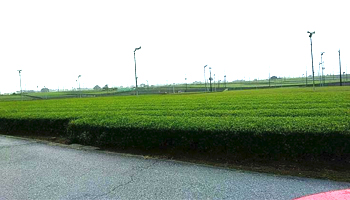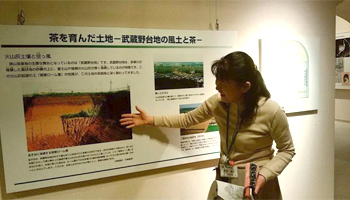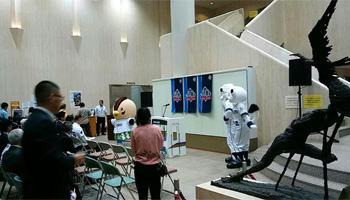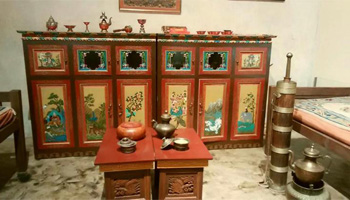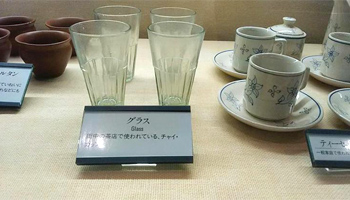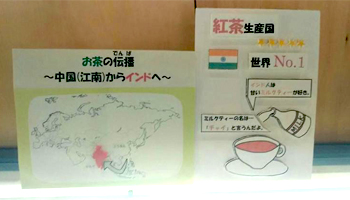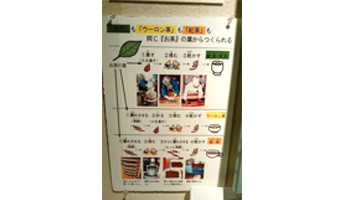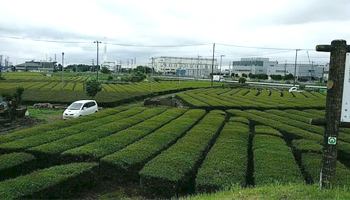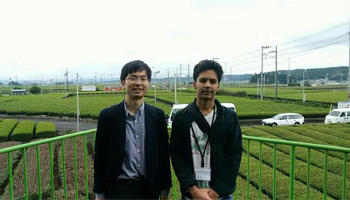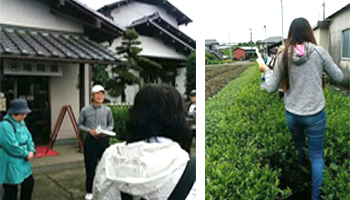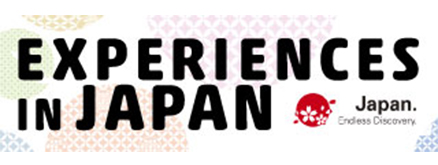Sayama Tea Plantations

September 2018
(Iruma City Museum is located in a bit of a remote area but is accessible by bus from Iruma Station. Board the bus for Iruma Museum from the Iruma City Station. Iruma City Station is accessible from major stations like Ikebukuro by the Seibu-Ikebukuro Line and takes about 40 minutes.)
The day started off when I met my guide for the day (we hit it off very well, he even treated me to some tea leaves later) at Bushi Station, from there we set off on a vivid journey of visiting tea plantations and museums that stores age old tea pots and met some really kind people which madethis visit one to remember.
We first met Mr. Kasuya at the station, who then drove us to the museum nearby. From there we stopped in between the tea plantations to get a breath of fresh air among the lush green fields of Sayama. Boy, it was so refreshing! Never have I breathed such pure air in my life, which was another factor that helped me stay awake for the rest of my visit.
It’s like you can see the amount of oxygen in the air by just looking at this piece of greenery. It was enthralling!
We then went to this museum that had all kinds of cool pottery, tea cups used in pre-medieval times, and dinner tables from different countries all over the world. Our guide at the museum was nice enough to give us the full tour. I couldn’t thank her enough!
The design, carving, style, and arrangement of tables reminded me of every country in the Asian subcontinent. These glasses reminded me of Indian “chai” glasses in which Indians drink tea. These glasses can be found anywhere in India, at almost every tea stall you can find.
The fact that Sayama tea has such a long history, which began during the middle ages, is amazing. Sayama tea is characterised by its thick leaves due to the fact that the region is in Northern Saitama, which is known for their cool climate. Hence, Sayama tea leaves have a distinct sweet and rich flavor. The tea is also said to have a high level of antioxidants.
I was also surprised by the facts mentioned here. 3 types of tea, namely Oolong tea, green tea, and another type of tea are all made from the same leaf! I thought that these teas were cultivated in different conditions and were made from entirely different tea leaves.
I was amazed that the facts in this museum were so accurate that I actually felt like sitting at the dining table and having Indian tea.
Next, we finally got to tour the nearby tea plantations.
The amount of orderliness at these plantations was jaw dropping. Even though some of the fields had dried out (not pictured), they still had some use for them. Therefore, even if the leaves dry out or are discolored, they can still use them for many things!
How could resist the temptation of NOT taking a picture in these lush green fields?
The next part of the tour was the most interactive. We actually got to mash the tea leaves at this person’s house!
We ventured into his warehouse of tea leaves, and started grinding and mashing them with our hands. I was also told that the taste of the tea leaves differs from person to person, depending on whose hands were used in the mashing and grinding process! Cool!
He was smiling the whole time and guided us into his tea plantations where he taught us how to pick up leaves. This is a picture of the person in front of me walking through the lush green fields, trying to find the perfect tea leaves for the next process of grinding.
The next part was the most fun. As you can see in the next picture, all of us tried our hands at grinding the tea leaves together.
I also tried my hand at mashing and churning them myself. It is said that the longer you do this activity, the better the taste of the tea leaves become. And yes, it was surreal! I actually ate some of the leaves raw, and they tasted just fine! No wonder they say Sayama tea is the best in Saitama.
After a tiring but fun session of interacting at the tea plantation, it was time to bid farewell and head towards our last stop: to meet Sayama and Iruma city’s most famous tea plantation owner, Mr. Hiruma..
Mr. Hiruma was an extremely humble man to talk to despite the hype around him, his popularity in the field of Sayama tea, and winning so many awards in Japan as well as abroad. We had a great discussion related to the future of Sayama tea and its internationalization. I was really touched by his warm sense of hospitality.
This brought our trip to Sayama tea plantations to an end. Overall it was fun, exhausting, and full of new discoveries. I intend to go there again and I hope you guys check it out for yourselves too!
【Original tour to experience the charm and deliciousness of the Sayama tea area Tour Operator: Ochakko Salon Issen(*Currently closed.)】
This vast tea plantation is the largest in the area and is therefore highly popular. There are many other things that go on behind the scenes of Japanese tea that you cannot see or feel. Other interesting features of Sayama tea are the exchanges with the producers, tea harvesting and churning experience, and getting to eat tea dishes that use the leaves you picked yourself. The personal experience content varies depending on the time.


